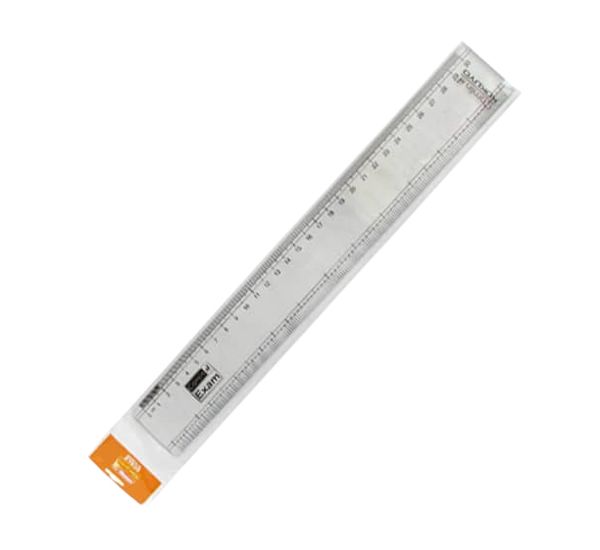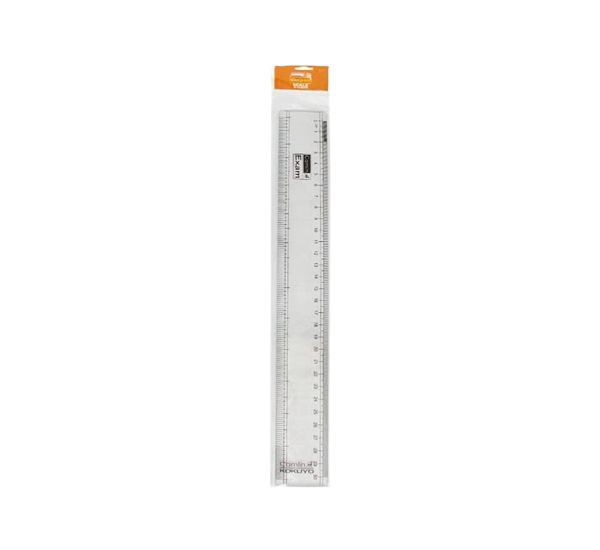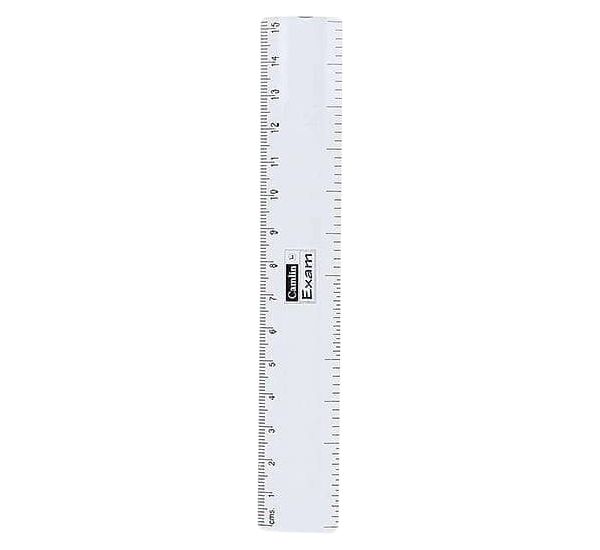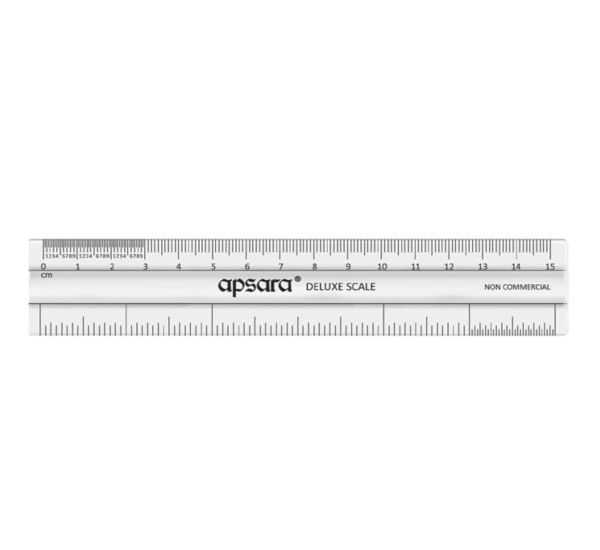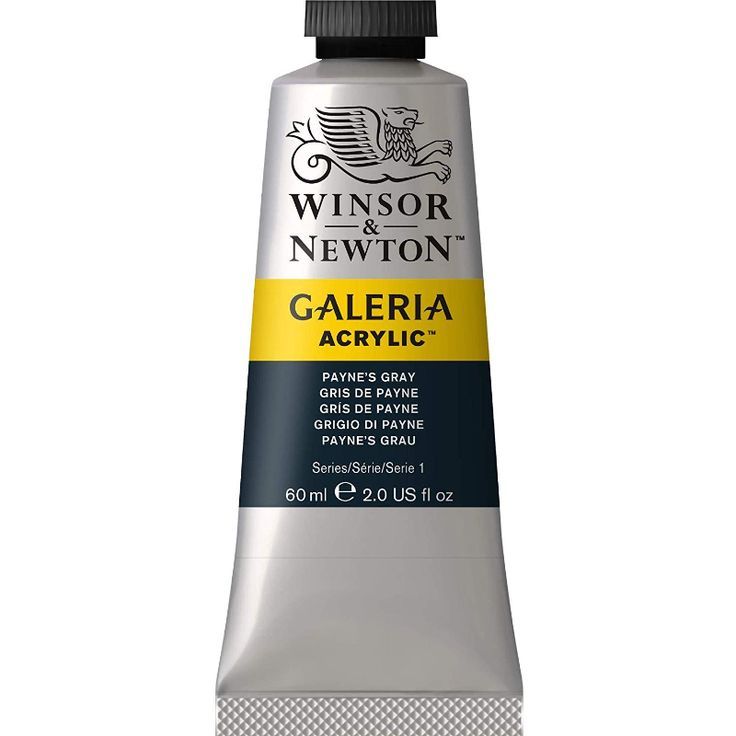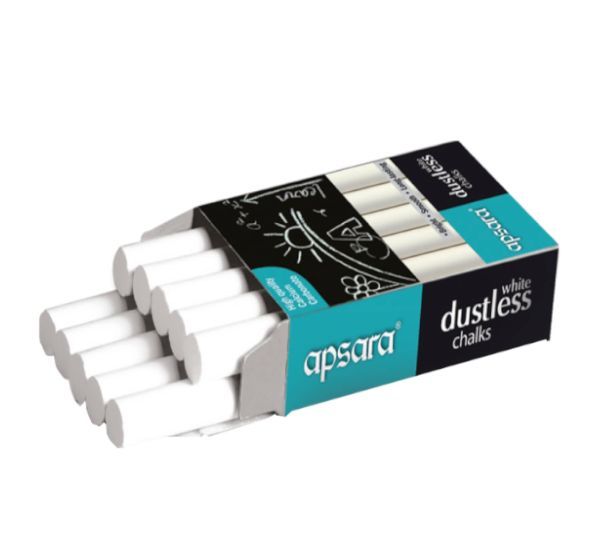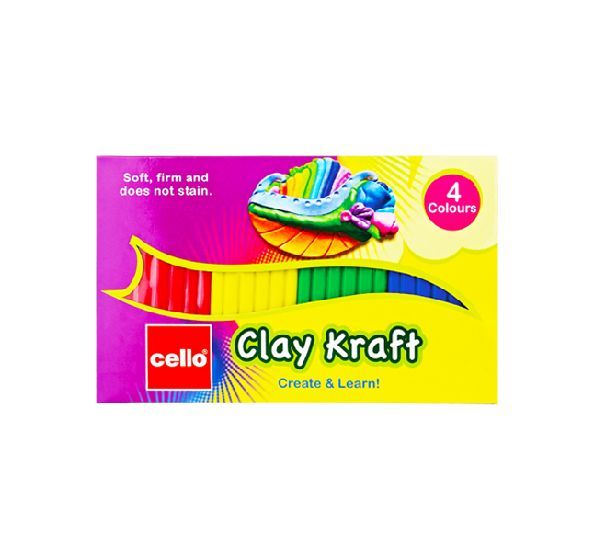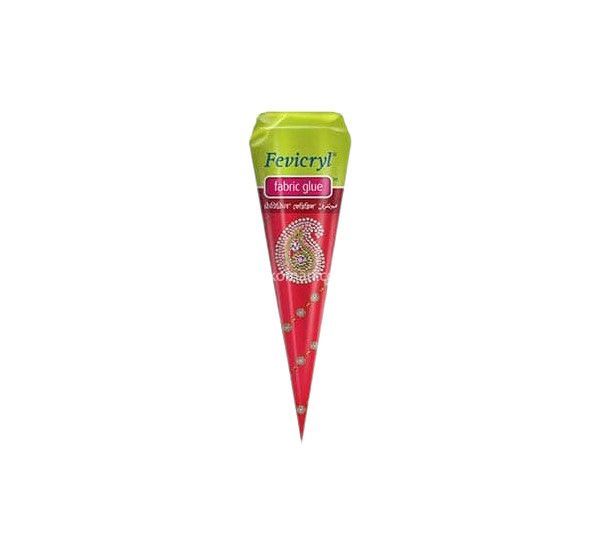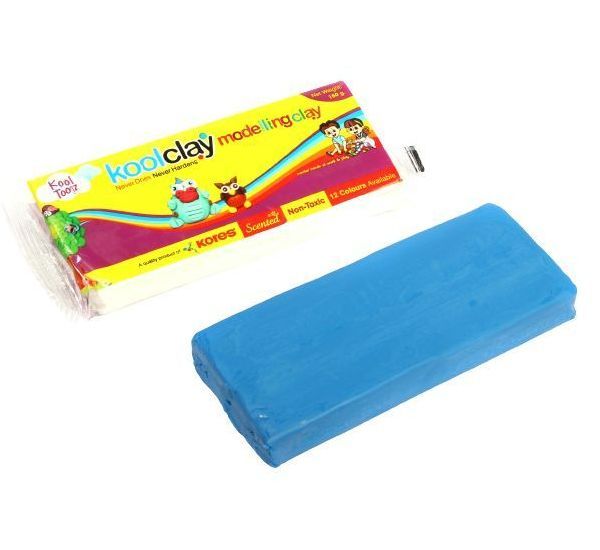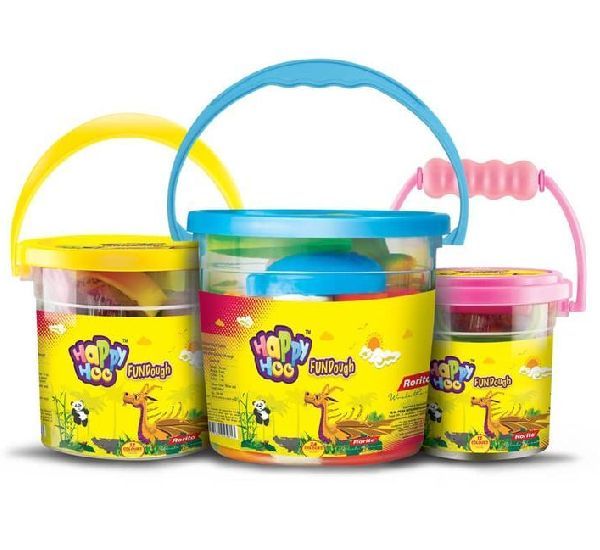Winsor & Newton Galeria Acrylic Colour Payne’s Gray 60 ML
-
Payne’s Gray is a dark blue grey made from a mixture of Ultramarine, Ivory Black, and sometimes Crimson.
- It is a cool bluish grey, almost black in mass tone.
-
When mixed with other colors it’s less intense than mixing with the same colors with black.
- Highly lightfast and mildly staining.
-
Payne’s Gray is perfect for painting wet skies, flat ocean waters, and after-the-storm clouds and skies. Rocks and granite boulders, including their shadows, can be quickly rendered with light dilute washes or more concentrated brush loads.
-
It was named after the 18th-century water colourist William Payne who created the mixture and often recommended it to his students as an alternative to plain black.
- Description
- Size Guide
- Additional information
Description
- Colour Number: 465
- Permanence: A
- Permanence: Permanent
- Lightfastness Code: I
- Lightfastness: Excellent
- Opacity: Semi-Opaque
- Series: 1
- Pigment Codes: PB29 . PBk7 . PBk9
- Quantity: 60 ML
- Pack Of: 1 pcs acrylic colour in a pack.
- Country Of Origin: France
- Imported By: Platinum Painting Essentials & Trading Private Limited, Arihant Commercial Complex, 1st Floor, Building No 40, Purna, Bhiwandi, Maharashtra 421302.
Frequently Asked Questions
This color contains the following pigments:
PB29-Ultramarine [Blue]
PBk9-Ivory Black
PB29-Ultramarine [Blue]
PBk9-Ivory Black
Inorganic
Charred Animal Bone
Complex Silicate of Sodium and Aluminum with Sulfur
Carbon + Calcium Phosphate
Ultramarine has excellent permanence, although synthetic Ultramarine is not as permanent as natural Ultramarine. It may discolor if exposed to acid because of its sulfuric content.
Ivory Black is very lightfast and has good permanence, though it is considered the least permanent of the major black pigments.
Ultramarine has no significant hazards.
Ivory Black has no significant hazards.
The name for this pigment comes from the Middle Latin ultra, meaning beyond, and mare, meaning sea because it was imported from Asia to Europe by sea. It is a prominent component of lapis lazuli and was used on Asian temples starting in the 6th century. It was one of the most expensive pigments in 16th century Europe, worth twice its weight in gold, and so was used sparingly and when commissions were larger. Ultramarine is currently imitated by a process invented in France in 1826 by Jean Baptiste Guimet, making blue affordable to artists and extending the range of colors on their palettes.
Ivory Black is a carbon-based black first named Elephantium and described in the 4th century BCE as produced by heating ivory scraps in clay pots to reduce the ivory or bone to charcoal. The deviation in names is because the more expensive varieties of this pigment were made by burning ivory, and the less expensive ones by burning animal bones. In the 19th century, the name Ivory Black was finally permitted to be applied to Carbon Black pigments made from bone. True Ivory Black is rare in modern times due to the protection of ivory, and the synthetic variety produced today was discovered in 1929. Bone Black is produced as an industrial pigment.

| size | chest(in.) | waist(in.) | hips(in.) |
|---|---|---|---|
| XS | 34-36 | 27-29 | 34.5-36.5 |
| S | 36-38 | 29-31 | 36.5-38.5 |
| M | 38-40 | 31-33 | 38.5-40.5 |
| L | 40-42 | 33-36 | 40.5-43.5 |
| XL | 42-45 | 36-40 | 43.5-47.5 |
| XXL | 45-48 | 40-44 | 47.5-51.5 |
Additional information
| Weight | 0.60 kg |
|---|---|
| Dimensions | 3 × 4.7 × 11.6 cm |

